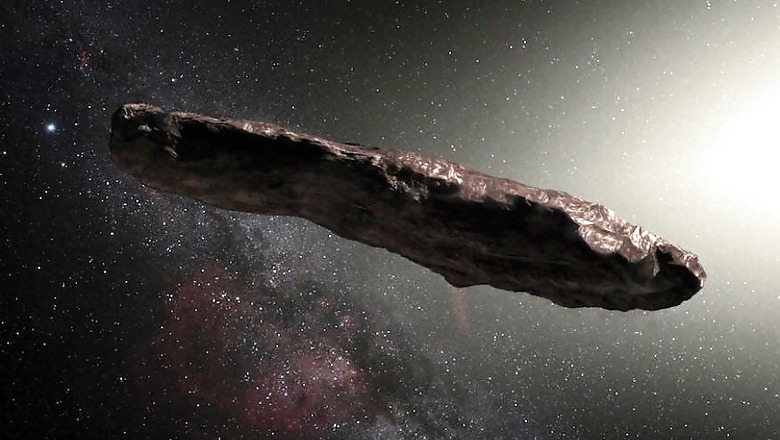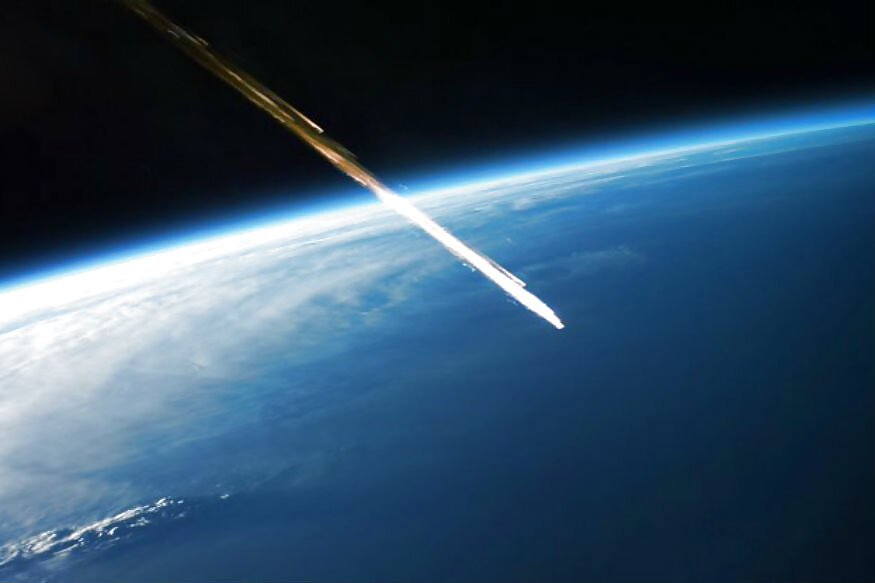
views
Earth may have seen its first interstellar visitor back in 2014, when a meteor burned up and hurtled through our atmosphere at an unusual trajectory and a higher speed of impact than usual. According to a recent study by Amir Siraj, undergraduate student and the lead research author for the project, and Avi Loeb, chairperson for astronomy at Harvard University, the supposed interstellar meteor was the first interstellar object to hit Earth, and only the second to have been spotted within our solar system after the 1,300-feet-long, cigar-shaped rocky object ‘Oumuamua was discovered in 2017.
According to the researchers, interstellar objects can hold the key to the quest for life travelling from outer solar systems. Loeb, the mentor for the project, further stated that smaller interstellar objects such as the supposed meteor that hit our planet should be quite common, and might also be hitting our planet quite frequently, and remain to be objects that are yet to be studied. To identify this meteor, Siraj and Loeb used data from the Centre for Near-Earth Object Studies, and examined meteors that were not gravity-bound by the Sun. Furthermore, the trajectory and impact speed were also taken into account.
After studying through, the duo identified the meteor candidate, about 3ft long, and travelling at nearly 2,16,000kmph in a trajectory which suggests that it originated in outer space. The meteor was detected first on January 8, 2014, and the researchers note that it may have received a gravitational boost, a slingshot of sorts, from a planetary system in outer space. Two other potential meteor candidates, which nearly matched the properties being looked for, missed the cut for not being outside the Sun’s energy circle, and for the latter of the two, for simply not having enough data to support the potential discovery.

Loeb. writing in the study that has now been submitted to The Astrophysical Journal Letters, stated that such interstellar objects should actually be highly commonplace. He estimated a calculation that at an average, every cubic astronomical unit (AU, 1AU = 150 million km) would hold roughly one million such objects. Scaled up, every neighbouring star around us will possibly be slinging 60 billion trillion such objects from their system owing to gravitational forces, with sizes of such objects ranging from about a fifth of our planet, to as large as up to 20 times.
As a result, the study also noted that these objects have ample possibility of passing through the habitable zone of an interstellar planetary system, and as a result, at least some of them should potentially hold answers about possibilities of life on exoplanets in outer space. Once they enter the Earth’s atmosphere, the burn-up leaves behind gaseous debris, which can in turn be studied to understand their geochemical configuration. This presents yet another big achievement in our quest to discover and understand extraterrestrial life, although this is only the beginning of the study.




















Comments
0 comment